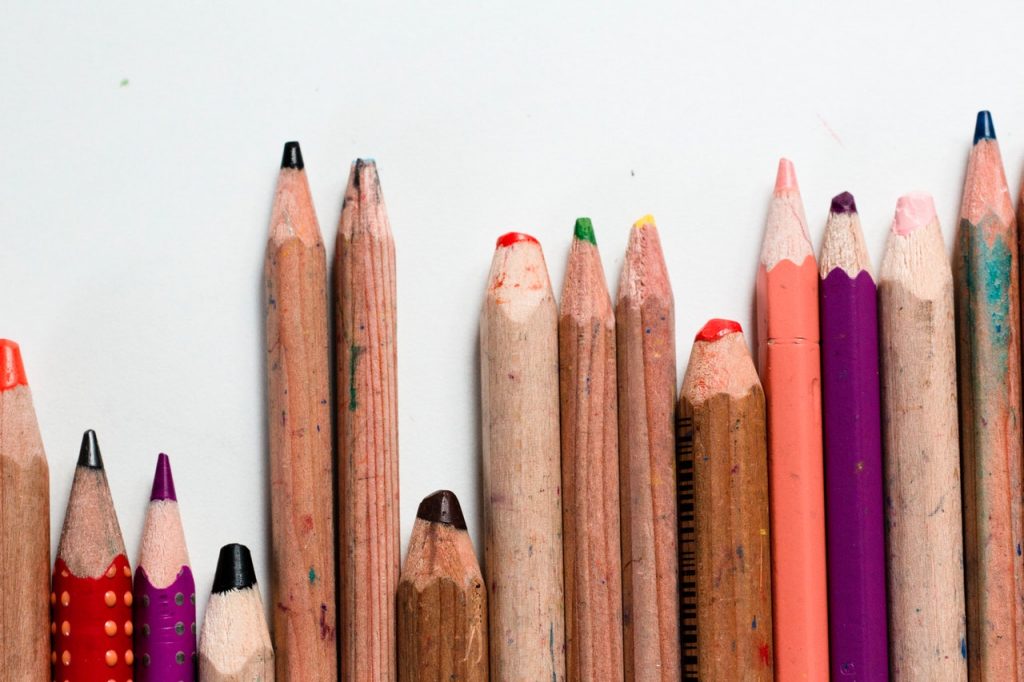When are tired, stressed, or feeling down, don’t we usually crave the sight of something pretty, like the beach or the mountains? Sometimes, we’d even visit art galleries or museums just to enjoy peace and quiet while appreciating the amazing work of artists. Such behaviors show that we are naturally drawn to art and that it helps us lighten our moods.
Art also helps us express ourselves when words fail us. Without our crayons and watercolors, we wouldn’t have learned to communicate our feelings as children. And as adults, we still turn to art to express our different emotions, whether subconsciously or consciously. For example, when you’re in the mood to crack jokes, you’ll share funny memes on social media. Memes may not be a high form of art, but it’s an art all the same. It contains the right words and images to convey humor.
By finding artistic ways to express ourselves, be it through singing, dancing, painting, or creating memes, we can help ourselves cope with life’s difficulties, like the COVID-19 pandemic. Art as an expression also assists us in developing our self-confidence. The simple act of posting a well-edited Instagram photo, for example, can lift ourselves up significantly, with the number of likes it’ll garner.
Art Leads to Self-Discovery
In art therapy, the therapist encourages the client to use artistic expressions as a tool to explore their inner self. This approach is the key to self-discovery, helping the client realize and resolve their inner conflicts.
You don’t need to be artistic to express yourself or realize your inner conflicts. As stated above, children use crayons or watercolors to communicate their feelings. They don’t draw or paint detailed pictures. They just use their hands freely, and adults will immediately get a grasp of whatever the child is feeling. The children enjoy the process and meet their goals without feeling pressured to produce something beautiful.
Similarly, art therapy doesn’t expect its clients to create amazing art. Instead, it emphasizes the process rather than the product. It aims to immerse the clients in an activity that makes them lose a sense of time and of their surroundings. Art therapy wants its clients to feel so engrossed that nothing else matters.
Creativity Improves Mental Health
The valuable role of art in mental health is starting to get recognized. Musicians and artists now host art and health programs to help people experiencing mental health issues. Mental health organizations also discovered that arts can stimulate a feeling of community, which helps alleviate loneliness. Senior adults benefit the most from the communities fostered by art. When they participate in art programs, they gain chances to rebuild their social connections and ease their isolation in turn.
During the lockdowns, creativity also helped many people get through their days. Filming Tiktok videos, and discovering a new artistic hobby — like using exciting cartoon generators or photo-editing apps — gave them something to feel excited about. It eased their anxieties about the pandemic and gave them a unique sense of purpose. In addition, their creativity encouraged them to get out of their shells. Many people who started filming Tiktoks probably never imagined themselves dancing, singing, acting, or doing entertaining poses on camera ever.

Everyone Has an Inner Artist
The beauty of art is that anyone can create it, not just the gifted or talented ones. You can draw, paint, sing, dance, or act your feelings or passions away. Sadly, we have been conditioned to think that we are not artistic or creative enough. We tend to assume that actual artists will shame us if we attempt to create any form of art.
But that couldn’t be further from the truth. With practice and just plain interest, you can produce art that perfectly expresses yourself.
If you love writing, try composing a few lines of a poem, a song, or just about anything. When you’re feeling rather inspired, you even may find yourself writing a novel or a blog. The key is to start doing things, regardless of your skill level or experience.
Just focus on finding inspiration. Look into your favorite artists or type of media. Maybe you love dancing, and watching dance cover videos will spark your desire to get moving. The moment the light bulb in your head turns on, start creating something and don’t worry about the results or whatever people might think.
Like any skill, you can also hone your creativity, so keep making art, and keep your passion alive. Again, you don’t have to produce iconic or world-renowned pieces. All that matters is that you love your art and that it allows you to express yourself and boost your confidence.

